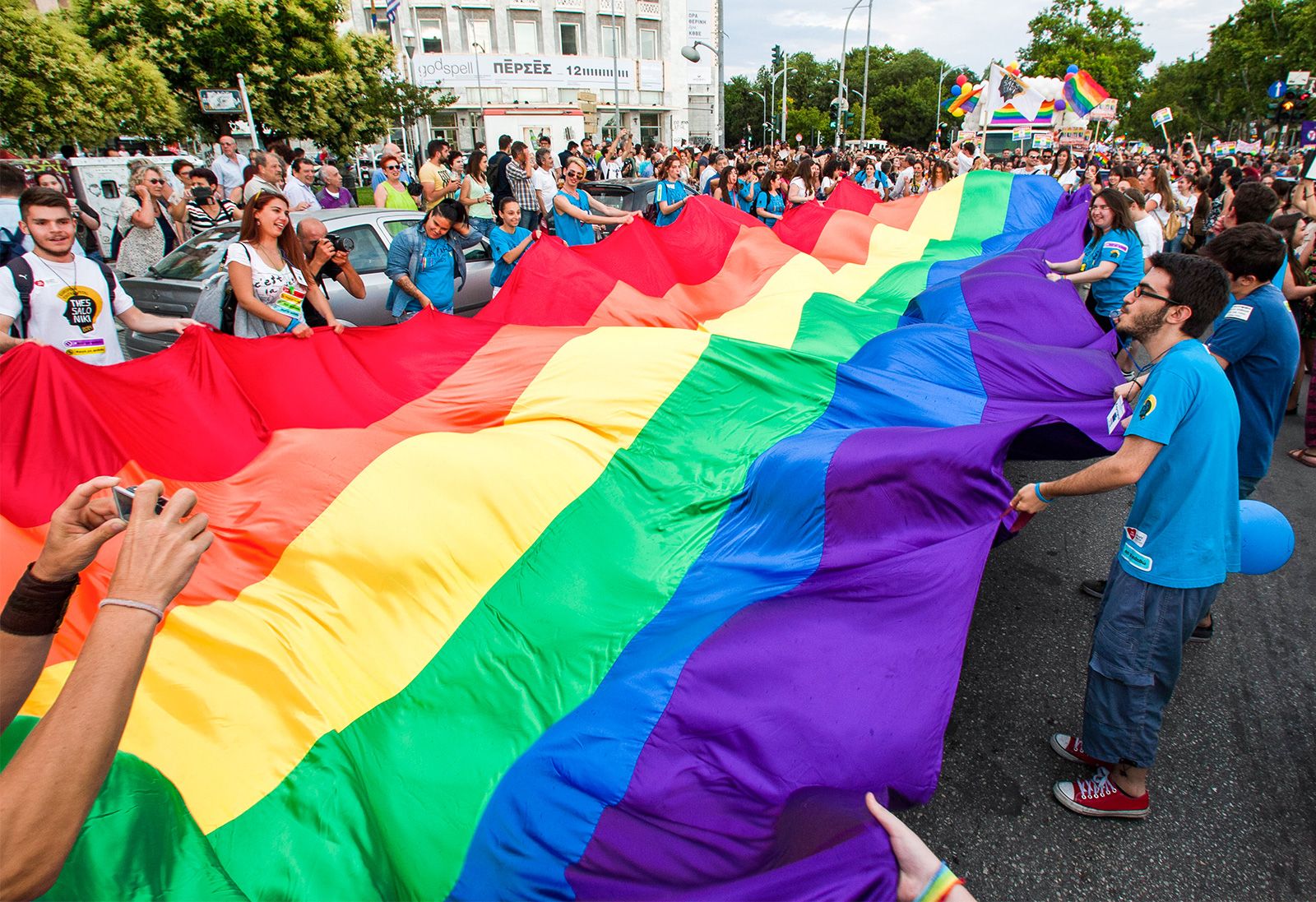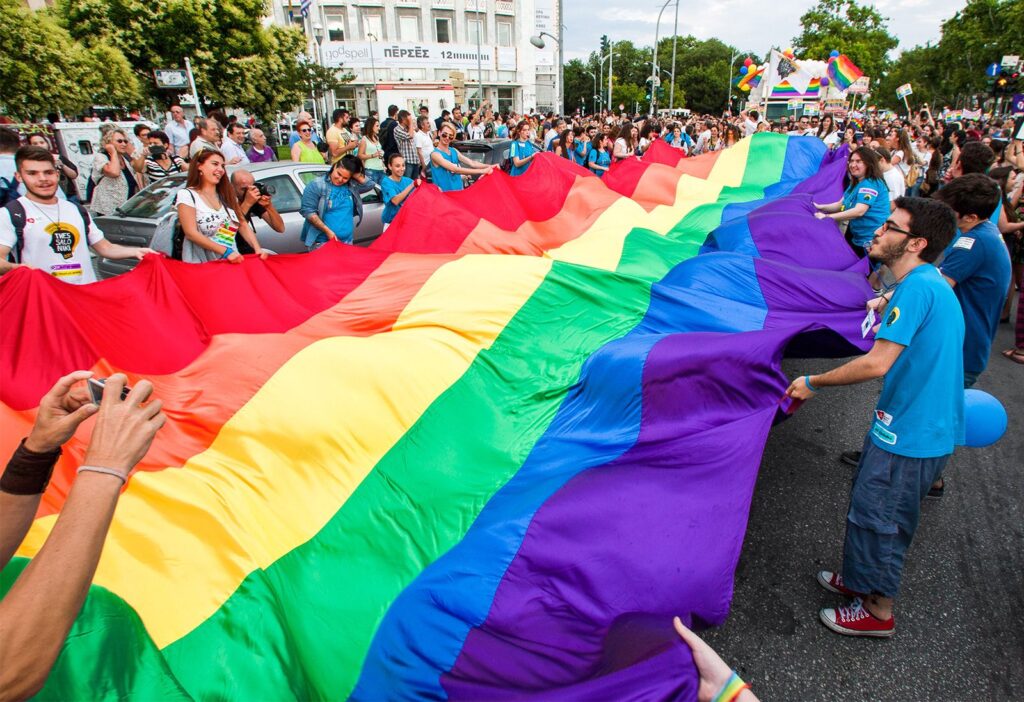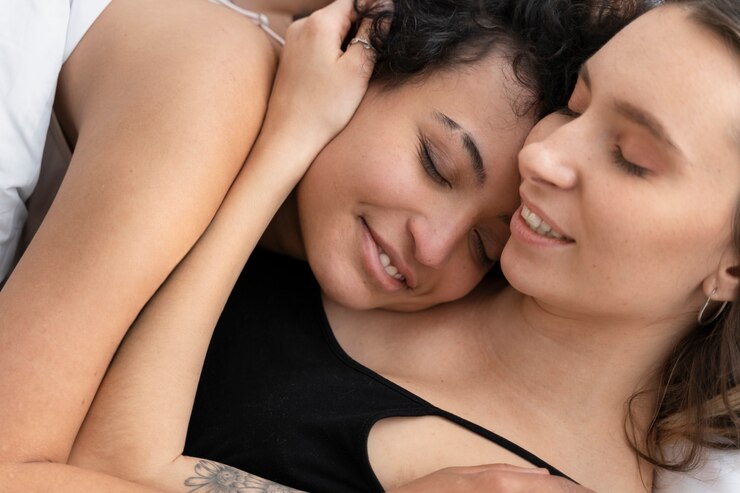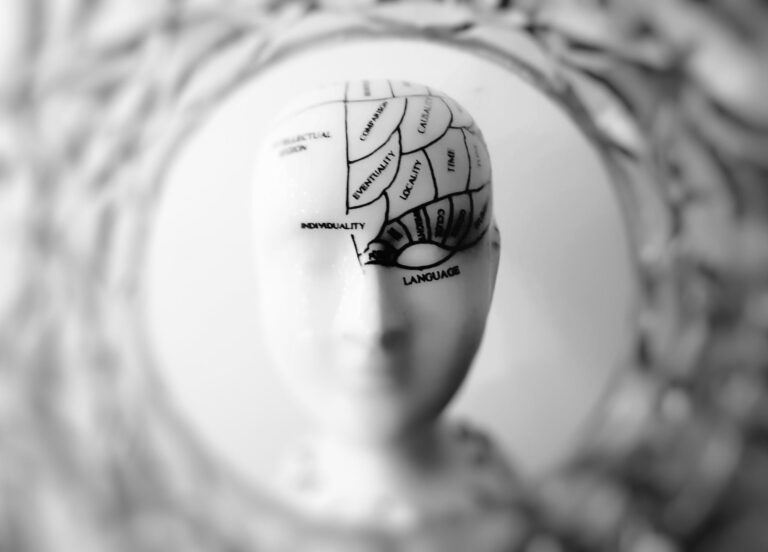The Diversity and Representation of Homosexuality in Media and Arts

Table of Contents
Positive representation: Showcasing examples of positive and empowering portrayals of homosexuality in media and arts

Homosexuality has been a topic of discussion and debate for decades, but it is heartening to see a growing number of media and arts representations that portray it in a positive and empowering light. These representations play a crucial role in challenging stereotypes, promoting acceptance, and fostering a more inclusive society.
In recent years, we have seen an increase in diverse and well-developed LGBTQ+ characters in films, television shows, and literature. These characters are not defined solely by their sexual orientation but are allowed to exhibit a broad range of personalities, strengths, and vulnerabilities. They are complex individuals with their own compelling storylines, just like any other character. This shift towards multidimensional portrayals helps break down barriers and dismantle harmful stereotypes, paving the way for greater understanding and acceptance of homosexuality in society.
Moreover, the positive representation of homosexuality extends beyond the realm of fictional storytelling. In the arts, we see many queer artists using their platforms to express their experiences, struggles, and triumphs. Through music, dance, visual arts, and performance, these artists are creating powerful narratives that resonate with diverse audiences and challenge societal norms. Their work not only reflects the diversity within the LGBTQ+ community but also serves as a form of activism, advocating for equality and celebrating the beauty of love in all its forms.
As we continue to celebrate these positive examples of representation, it is important to recognize that there is still much progress to be made. The media and arts have the power to shape perceptions, challenge prejudices, and promote empathy, but they also have the responsibility to ensure that their portrayals are accurate, respectful, and authentic. It is essential for content creators to collaborate with LGBTQ+ individuals, organizations, and experts to ensure that their stories are told with sensitivity and nuance. By doing so, we can collectively contribute towards a more inclusive and accepting society, where everyone’s stories, regardless of their sexual orientation, are not only heard but celebrated.
Challenges and progress: Exploring the ongoing struggles and advancements in achieving accurate and authentic representation

One of the ongoing struggles in achieving accurate and authentic representation of homosexuality in media and arts is the prevalence of harmful stereotypes and caricatures. For years, queer characters have been reduced to clichés, often depicted as flamboyant, promiscuous, and solely defined by their sexuality. This not only perpetuates harmful assumptions and misconceptions about the LGBTQ+ community, but also undermines the complexity and diversity of their experiences.
Another challenge lies in the lack of diverse voices behind the scenes. While there have been notable advancements in terms of on-screen representation, with more queer characters being portrayed in a variety of roles, there is still a lack of LGBTQ+ writers, directors, and producers contributing to these narratives. This results in a limited perspective and a missed opportunity to fully capture the authentic experiences and perspectives of the community.
Despite these challenges, there have been notable advancements in recent years. More and more LGBTQ+ stories are being told from a place of authenticity and respect, offering complex and multi-dimensional portrayals of queer characters. This shift can be attributed to increased demand from audiences for more diverse and inclusive content, as well as the tireless advocacy efforts of queer activists and organizations.
Furthermore, advancements in technology and the rise of independent media platforms have provided a space for marginalized voices to have their stories heard. These platforms have played a crucial role in amplifying queer voices and providing opportunities for queer creators to share their narratives without having to conform to mainstream stereotypes and expectations.
In conclusion…
The role of censorship: Examining the

Censorship plays a significant role in shaping the representation of homosexuality in media and arts. While some argue that it is necessary to protect public morality and prevent offensive content, others contend that censorship often suppresses the voices and experiences of the LGBTQ+ community. The impact of censorship can be observed in various forms, ranging from the restriction of LGBTQ+ content to the outright banning of queer narratives.
One of the primary concerns with censorship is that it perpetuates stereotypes and hinders the progress towards a more inclusive society. By limiting the visibility and positive portrayal of homosexuality, individuals who identify as LGBTQ+ may feel marginalized and stigmatized. Additionally, censorship can hinder the public’s understanding of diverse sexual orientations and gender identities, leading to misconceptions and intolerance. Empowering and accurate representations of homosexuality can help foster empathy, break down stereotypes, and promote acceptance within society.
As the fight for LGBTQ+ rights continues, navigating the delicate balance between freedom of expression and censorship becomes increasingly vital. It is important to consider the potential harm that censorship can inflict on already marginalized communities, while also addressing any legitimate concerns about explicit or harmful content. Striking a balance that respects the diversity of experiences while ensuring responsible media representation is a complex challenge that requires ongoing dialogue and critical reflection.
This table summarizes key aspects of diversity and representation of homosexuality in media and arts:
| Aspect | Description |
|---|---|
| Representation in Media | Explore the representation of homosexuality in various forms of media, including film, television, literature, music, and digital platforms. Recognize the diversity of LGBTQ+ characters, storylines, and narratives depicted across different genres, formats, and cultural contexts. Analyze the portrayal of homosexuality in mainstream media, independent productions, and niche markets, and consider the impact of positive, nuanced, and authentic representations on audience perceptions, attitudes, and awareness of LGBTQ+ issues. |
| Diversity of LGBTQ+ Experiences | Appreciate the diversity of LGBTQ+ experiences and identities reflected in media and arts. Recognize that LGBTQ+ individuals encompass a wide range of backgrounds, cultures, identities, and life experiences, and that their stories and perspectives deserve visibility and validation in media representations. Celebrate the richness and complexity of LGBTQ+ characters and narratives that reflect the intersectional identities, struggles, and triumphs of LGBTQ+ communities around the world. |
| Challenges and Stereotypes | Acknowledge the challenges and stereotypes faced by LGBTQ+ representation in media and arts. Critically examine the prevalence of tropes, clichés, and stereotypes that reduce LGBTQ+ characters to simplistic or negative portrayals, such as the “gay best friend” or the “tragic queer” archetype. Challenge harmful stereotypes, tokenism, and invisibility in media representations, and advocate for more diverse, authentic, and multidimensional portrayals that reflect the complexity and humanity of LGBTQ+ individuals. |
| Impact on LGBTQ+ Audiences | Consider the impact of media representations on LGBTQ+ audiences’ identities, self-esteem, and sense of belonging. Recognize the importance of positive, affirming, and relatable portrayals in empowering LGBTQ+ individuals, validating their experiences, and fostering a sense of community and pride. Explore the role of media visibility in raising awareness, challenging stigma, and promoting acceptance of LGBTQ+ identities and relationships in society at large. |
| Intersectionality and Inclusivity | Embrace intersectional perspectives and inclusivity in LGBTQ+ representation in media and arts. Recognize the diversity of LGBTQ+ identities, experiences, and communities, and advocate for representation that reflects the intersections of race, ethnicity, gender, class, ability, age, and other social identities within LGBTQ+ narratives. Amplify marginalized voices, highlight underrepresented stories, and prioritize inclusive storytelling that reflects the richness and complexity of LGBTQ+ lives. |
| Advocacy and Change | Advocate for greater diversity, authenticity, and inclusion of LGBTQ+ representation in media and arts. Support LGBTQ+ creators, filmmakers, writers, artists, and performers in producing and promoting diverse, authentic, and empowering representations of LGBTQ+ characters and narratives. Demand accountability and transparency from media industries and platforms in addressing biases, inequalities, and barriers to LGBTQ+ representation, and advocate for policies and initiatives that promote equity, diversity, and inclusion in media content creation, distribution, and consumption. |
What is the role of censorship in relation to homosexuality representation in media and arts?
Censorship plays a significant role in controlling the portrayal of homosexuality in media and arts. It can limit or restrict the depiction of homosexuality based on cultural, religious, or political beliefs.
How does censorship affect the positive representation of homosexuality in media and arts?
Censorship can hinder the positive representation of homosexuality by suppressing or censoring content that showcases empowering and accurate portrayals. This can contribute to the perpetuation of harmful stereotypes and stigmas.
Are there any examples of positive and empowering portrayals of homosexuality in media and arts?
Yes, there are numerous examples of positive representation of homosexuality in media and arts. These representations aim to challenge stereotypes, promote acceptance, and provide LGBTQ+ individuals with relatable and inspiring role models.
What are some challenges faced in achieving accurate and authentic representation of homosexuality?
Some challenges include societal prejudice and discrimination, lack of diversity and inclusivity in the industry, and a reluctance from mainstream media to accurately portray LGBTQ+ characters and stories. These challenges can impede progress towards achieving authentic representation.
Have there been any advancements in achieving accurate representation of homosexuality in media and arts?
Yes, there have been notable advancements in recent years towards achieving accurate and authentic representation of homosexuality. More LGBTQ+ voices are being heard, and there is an increasing presence of diverse LGBTQ+ characters and stories across different media platforms.
Does censorship vary across different cultures and regions?
Yes, censorship varies significantly across different cultures and regions. Some countries have stricter censorship laws and regulations regarding the representation of homosexuality, while others may have more liberal or progressive attitudes.
Can censorship be both beneficial and detrimental to the representation of homosexuality?
Yes, censorship can have both positive and negative effects. While some censorship may be necessary to protect certain values or avoid explicit content, it can also hinder the progress towards accurate and empowering representation of homosexuality.
What is the impact of accurate representation of homosexuality in media and arts?
Accurate representation of homosexuality in media and arts can have a profound impact. It helps combat stereotypes, fosters empathy and understanding, promotes inclusivity, and provides LGBTQ+ individuals with a sense of visibility and validation.





